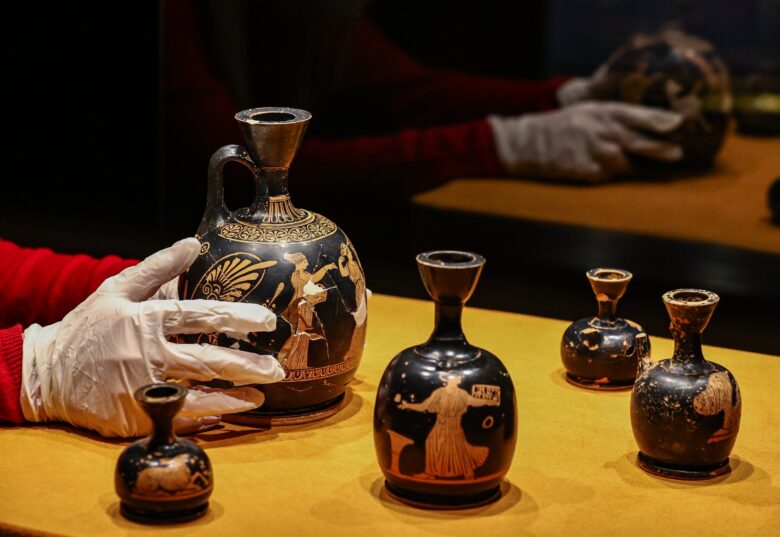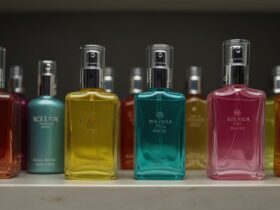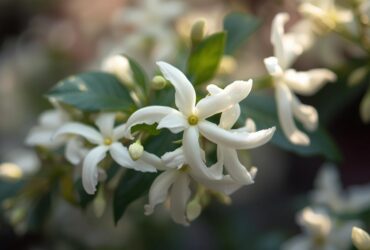Perfumes have been cherished for centuries, not only for their pleasant scents but also for their cultural and historical significance. In recent years, the field of perfume archaeology has gained traction, allowing researchers to delve into the world of ancient fragrances. By examining archaeological sites, deciphering ancient texts, and analyzing artifacts, experts are unearthing fascinating insights into the perfumes of antiquity. This article explores the captivating realm of perfume archaeology, shedding light on ancient fragrance practices and the techniques used to recreate these long-lost scents.
The Fragrant Past
Perfume has a rich and diverse history that dates back thousands of years. Ancient civilizations, such as Egypt, Mesopotamia, Persia, and Greece, all had a deep appreciation for fragrance. Perfumes were used for various purposes, including religious rituals, personal adornment, and therapeutic applications.
Archaeological Discoveries
Archaeological excavations have unearthed a treasure trove of perfume-related artifacts, providing valuable insights into ancient fragrance practices. Fragrance vessels, perfume bottles, and even remnants of ancient perfumes have been discovered in tombs, temples, and ancient cities. These artifacts offer a glimpse into the craftsmanship, aesthetics, and cultural significance of perfumes in different civilizations.
Deciphering Ancient Texts
Ancient texts, such as hieroglyphics, cuneiform tablets, and papyri, have also played a crucial role in understanding ancient perfumery. These texts contain detailed descriptions of perfume recipes, ingredients, and even the methods of extraction. By deciphering these texts, researchers can gain a deeper understanding of the complex art of perfume-making in antiquity.
Analyzing Fragrance Residues
One of the most exciting aspects of perfume archaeology is the analysis of fragrance residues found on ancient artifacts. Archaeologists and chemists use cutting-edge techniques to extract and analyze these residues, revealing the aromatic components and providing clues about the ingredients used in ancient perfumes. Gas chromatography-mass spectrometry (GC-MS) is often employed to identify and reconstruct the fragrance profiles of these ancient scents.
Recreating Ancient Fragrances
With the combined knowledge gained from archaeological discoveries, ancient texts, and fragrance residue analysis, perfumers and researchers are attempting to recreate ancient fragrances. By using modern techniques and ingredients that were available during the respective time periods, they strive to capture the essence of these long-lost scents. This meticulous process requires expertise in historical perfumery and a deep understanding of fragrance composition.
Preserving Fragrant Heritage
Preserving ancient fragrances is a significant challenge due to the delicate nature of the artifacts and the volatility of the scents. Museums and cultural institutions play a crucial role in conserving and displaying these artifacts to ensure their longevity. Furthermore, efforts are being made to document and catalog ancient perfume recipes and techniques, safeguarding this knowledge for future generations.
The Significance of Perfume Archaeology
The study of perfume archaeology is not merely a pursuit of ancient curiosities; it is an endeavor to understand the cultural, social, and religious aspects of past civilizations. Fragrances were intertwined with daily life, religious ceremonies, and rituals, offering a unique window into the beliefs and practices of ancient cultures. By unearthing and recreating these fragrances, we gain a deeper appreciation for our shared olfactory heritage.
Perfume archaeology allows us to catch a whiff of the past, unraveling the secrets of ancient fragrances. Through archaeological discoveries, deciphering ancient texts, analyzing fragrance residues, and the art of recreation, researchers are reviving scents that were once lost to time. This interdisciplinary field not only sheds light on the art of perfumery but also enriches our understanding of ancient civilizations and their olfactory traditions, preserving their fragrant heritage for generations to come.






Leave a Reply